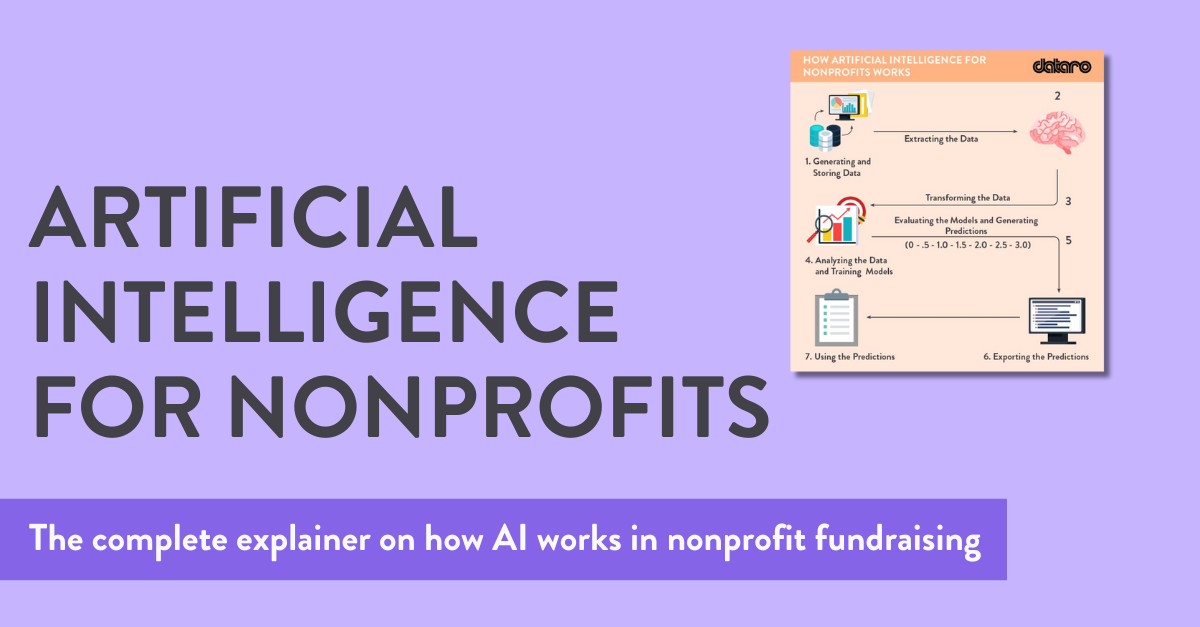
Predicting Attrition with Greenpeace
Chris Paver –
Greenpeace is a globally recognised brand and independent campaigning organisation that leads the way in exposing global environmental problems and promoting solutions. Like many NFPs, donor attrition (sometimes called churn) can have a big impact on the capacity for Greenpeace to fund its causes. Donors who give regular gifts provide revenue both now and into the future, but sometime leave to an alternative charity, or stop giving all together.
Aim
Greenpeace knew that it was cheaper for them to retain existing donors than to constantly be acquiring new ones. However, it was still using a reactive approach to churn that relied on waiting until a churn event occurred and then trying to reactive the regular giver.
To mitigate this problem, Dataro used machine learning techniques train a propensity model capable of predicting in advance which of Greenpeace’s donors were most likely to churn in the next 3 – 6 months. As part of this model, we considered both active churn (e.g. a donor cancelling a gift) and passive churn (e.g. a donor lapsing after missing 3 monthly gifts).
By ranking donors based on their propensity to churn, Greenpeace was able to design a proactive retention campaign to reduce churn. Our experiment set out to demonstrate: (a) that Dataro could accurately predict churn in Greenpeace’s regular giving database; and (b) that Greenpeace could positively affect its RG churn rate with a marketing campaign.
Experiment
A campaign targeting 2000 donors was conducted, with 500 donors allocated to receive either Phone, Email or SMS messages and a control group to receive no intervention. Donors were selected based on Dataro’s churn predictions, which were tested and analysed historically to determine projected model accuracy.
Results
Following the campaign, we analysed churn rates for the telephone intervention group and control group. We found that the rate of churn significantly dropped for donors in the Dataro targeted group who received a telephone intervention — a reduction of 10% compared over three months and 15% over 6 months. In real terms, this meant Greenpeace decreased churn by 15%, resulting in substantially increased lifetime values for those retained donors.
In addition, Dataro’s estimates of how precise its modelling would be were within 2% of the actual outcome – an amazing result.
Find out how other NFPs are supercharging their fundraising with machine learning here.




